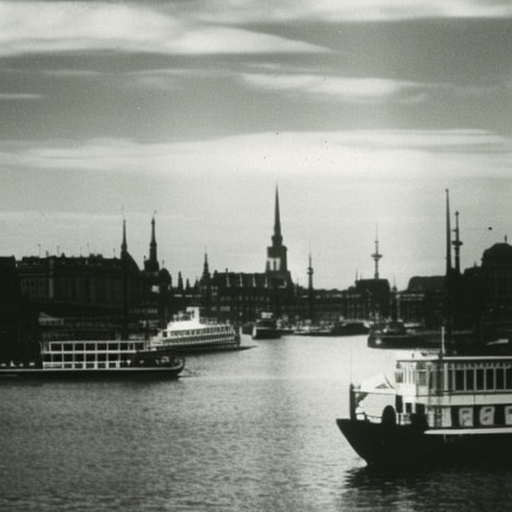Summary: Occupation of the Baltic States
The occupation of the Baltic states refers to the military annexation and subsequent incorporation of Estonia, Latvia, and Lithuania into the Soviet Union during World War II. The occupation began in 1940 when the Soviet Union issued ultimatums to the Baltic governments, demanding the establishment of pro-Soviet regimes. The Baltic states were then occupied by Soviet forces, and their governments were replaced with puppet regimes. The occupation lasted until 1991 when the Baltic states regained their independence following the collapse of the Soviet Union.
Background
The Baltic states gained their independence from Russia in the aftermath of World War I. However, their independence was short-lived as the Soviet Union sought to expand its influence in the region. In 1939, the Soviet Union signed a non-aggression pact with Nazi Germany, which included secret protocols dividing Eastern Europe into spheres of influence. The Baltic states fell within the Soviet sphere, and the stage was set for their occupation.
The Occupation
In June 1940, the Soviet Union issued ultimatums to Estonia, Latvia, and Lithuania, demanding the establishment of pro-Soviet governments. The Baltic governments, facing the threat of military intervention, agreed to the demands. Soviet forces then entered the Baltic states, and the existing governments were replaced with puppet regimes that were loyal to Moscow.
The occupation was accompanied by widespread repression and political purges. Thousands of people were arrested, deported, or executed. The Soviet authorities aimed to suppress any opposition to their rule and establish control over all aspects of society. The Baltic states were subjected to Sovietization, with the imposition of Soviet political, economic, and cultural systems.
During World War II, the Baltic states were caught in the crossfire between Nazi Germany and the Soviet Union. In 1941, the German army invaded the Soviet Union and occupied the Baltic states. The German occupation brought a brief period of relative stability, but it was marked by Nazi repression and the Holocaust. Many Jews and other minorities were persecuted and killed.
In 1944, as the tide of the war turned against Germany, the Soviet Union launched a massive offensive to retake the Baltic states. The German forces were pushed back, and the Soviet Union reoccupied Estonia, Latvia, and Lithuania. The reoccupation was followed by a renewed wave of repression and deportations as the Soviet authorities sought to eliminate any remaining resistance.
Resistance and Independence
Despite the harsh conditions under Soviet rule, resistance movements emerged in the Baltic states. Partisans, known as the Forest Brothers, waged a guerrilla war against the Soviet occupiers. They carried out acts of sabotage and engaged in armed confrontations with Soviet forces. The Forest Brothers fought for the restoration of independence and the removal of Soviet control.
The occupation of the Baltic states lasted until 1991 when the Soviet Union collapsed. In the late 1980s, as the Soviet Union faced growing internal and external pressures, the Baltic states seized the opportunity to assert their independence. Mass protests and demonstrations demanding independence gained momentum, and the Baltic governments declared their independence in 1990.
The Soviet Union initially resisted the Baltic independence movements, but as the situation escalated, it became clear that the occupation was no longer sustainable. In 1991, following a failed coup attempt in Moscow, the Baltic states’ independence was recognized by the international community, and the Soviet Union formally recognized their independence.
In conclusion, the occupation of the Baltic states by the Soviet Union was a significant chapter in their history. The occupation lasted for over 50 years and was marked by repression, deportations, and resistance. The Baltic states’ eventual independence in 1991 marked the end of the occupation and the beginning of a new era of sovereignty and self-determination.












